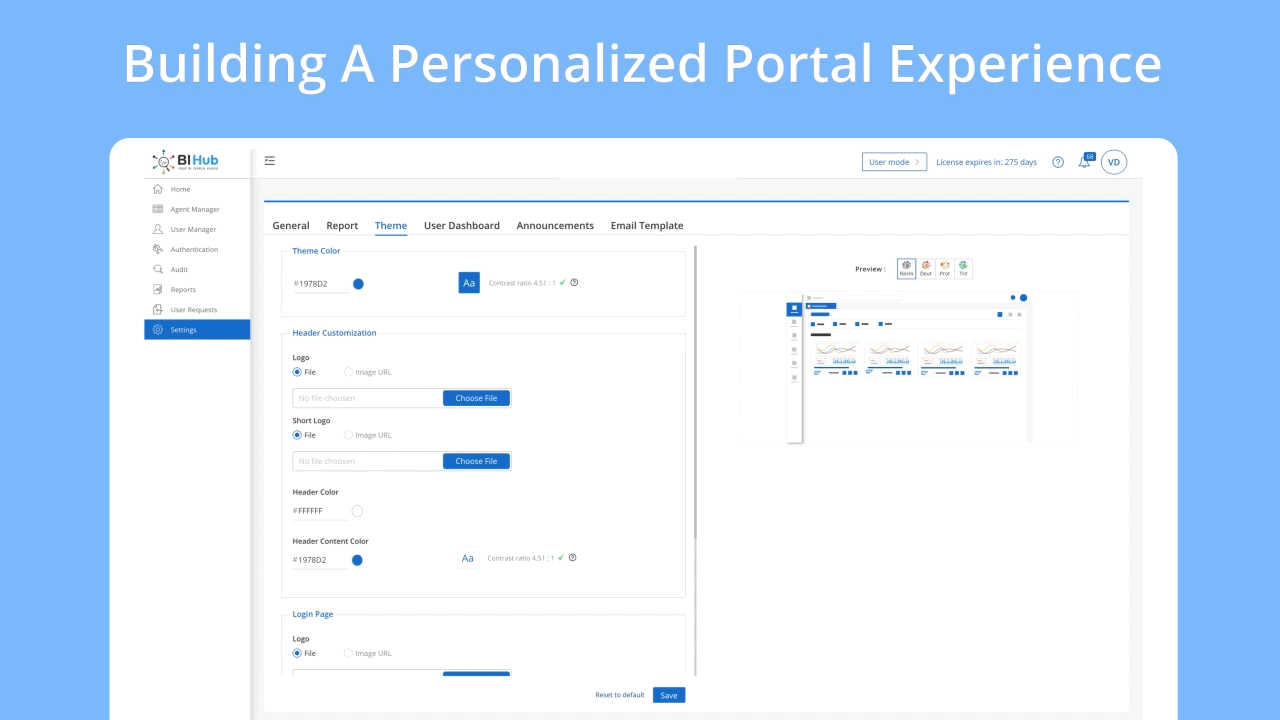Multiple BI Platforms
Let us start by questioning if a single BI Portal is a vision or a reality? If an organization has 3 different BI platforms, is it overkill or is it really necessary? May be 10 is overkill but how about 3 platforms? One platform that comes with the ERP system which has operational and, maybe, some analytical reports; one for the power users which facilitates ad-hoc analysis and data exploration; and the third one which was procured by LOBs and is very popular among a few departments. Sounds like a very common scenario, right?
Not to pick on a particular department or a platform but let us say the Financials dashboards are in SAP Design Studio, HR reports are in Crystal and the Production Power users have built a few reports in Tableau/ Spotfire. An Executive who seeks Financials/HR/Production insights has to launch all three platforms, remember all three credentials (not all organizations have LDAP and SSO integrated with all the platforms) and successfully navigate through all the platforms. As part of security policies, most organizations force users to change passwords every 60/90 days and the executive has to remember passwords for multiple environments. This is a major challenge!!
Migration to a Single BI Platform
What’s stopping organizations from picking the best BI platform (of the three) and migrating all applications to that platform? We are talking thousands of reports/dashboards, semantic layer with complicated business logic created over a period of years by in-house developers and system integrators, probably with different coding standards and methodologies. For example, one SI must have incorporated all the business logic in semantic layer and used reports only for visualization whereas a second SI could have split the business logic between semantic layer and reports for various reasons.
Migration of such applications could take months and at the end of the program, users might not be satisfied because their favorite and familiar BI platform is no more. Not all BI platforms facilitate an automated migration, resulting in an army of people deployed in such projects which go on forever. So, while consolidation might work, the solution is very expensive and time-consuming and not applicable to organizations which do want the multiple BI platforms.
BI Hub
What if the reports/dashboards don’t have to be migrated and all of them can be visualized (with no loss of functionality) from one single portal without requiring the user to login into the various BI platforms?
Sounds too good to be true? Not really.
BI Hub provides that capability and much more…
Users login into BI Hub and it handles authentication and authorization behind the scenes totally and the user need not type passwords to access each and every BI platform. Even if he/she changes the password as per security policy in the BI platform, no change is required on the portal side. In fact, the portal wouldn’t even know that the password has changed. Any changes to the reports- addition or deletion, folders rename, reports secured or unsecured for access etc., will be synchronized automatically and recognized during the user’s next login into the portal.
Users can create their own folders in the BI Hub and re-organize the reports if necessary. When reports are executed, they launch within BI Hub but within the familiar BI platform’s user interface.
Interested in a demonstration of the product? Just enter your contact details here and we will be happy to get in touch with you.



